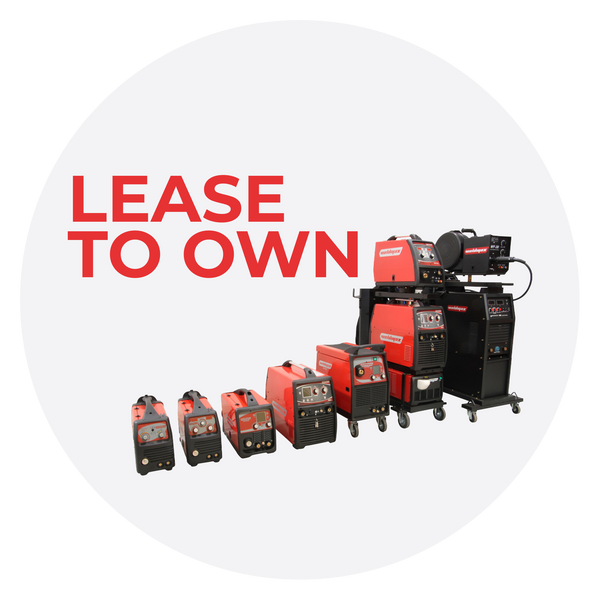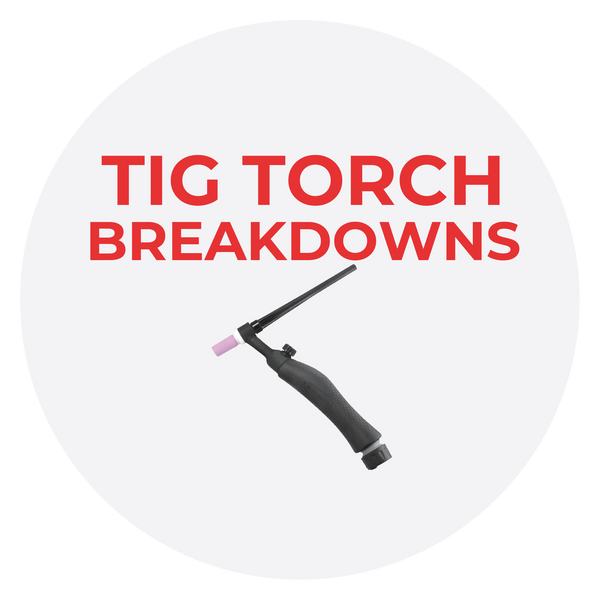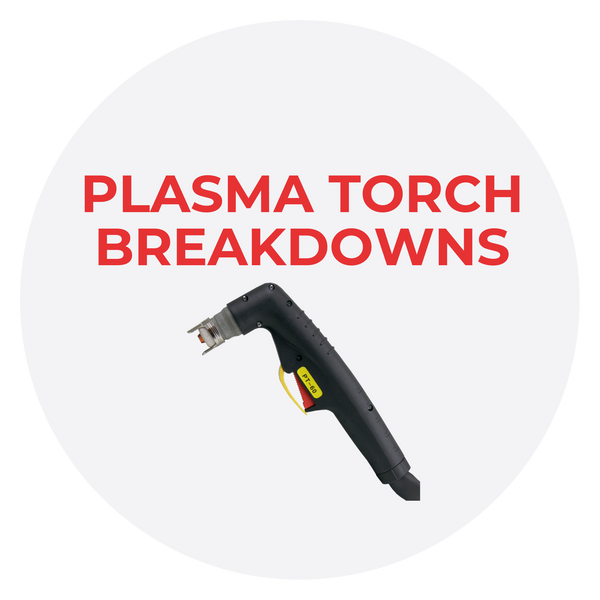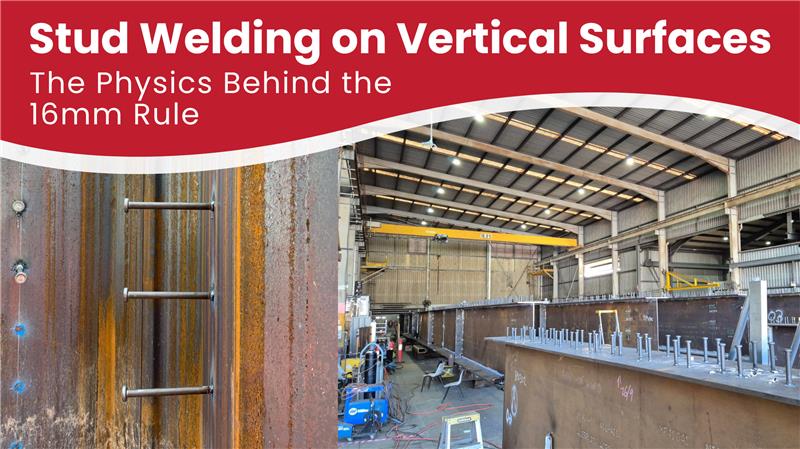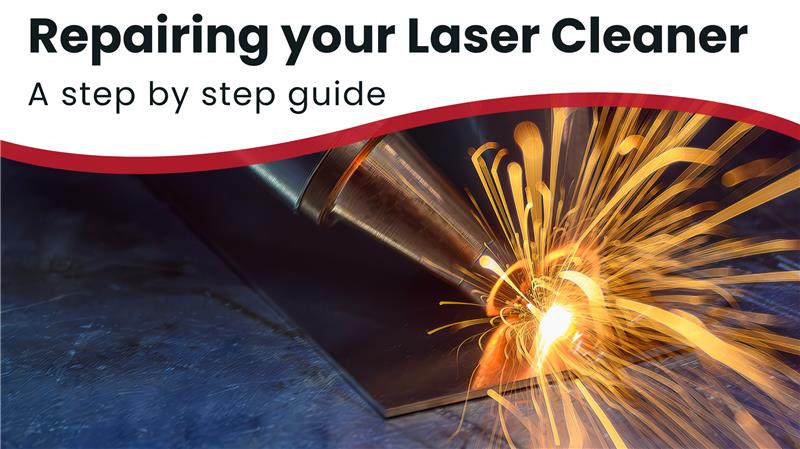The Power of Laser Cleaners

Laser cleaning equipment is a new type of high-tech surface treatment product that is simple to set up, use, and automate. The process is straightforward; once the power and equipment are turned on, you can clean without the use of chemicals, media, or water. The center can be physically changed, and the surface can be cleaned. The industry is widely used for ships, automobile repair, rubber molds, high-end machine tools, rails, and environmental protection. The cleaning surface is extremely clean and can remove resin, paint, oil, stains, dirt, rust, coating, plating, and the oxide layer.
Laser cleaning innovation alludes to the utilization of high-energy laser shafts to illuminate the outer layer of the workpiece to cause the soil, rust or covering on a superficial level to dissipate or strip quickly, and successfully eliminate the grip or surface covering on the outer layer of the cleaning object at a rapid, to accomplish a spotless cycle. It is another innovation in view of the association impact of laser and matter.
Technical characteristics
• High cleanliness
• Can be accurately positioned and cleaned.
• Non-contact cleaning to protect the surface of brittle materials.
• Effectively remove micron-level pollution particles
• Environmental protection, no consumables required.
Why Manufacturers are Opting for Laser Cleaning Over Traditional Methods?
When compared to more conventional methods, laser cleaning offers numerous advantages. It doesn't include solvents and there is no grating material to be dealt with and discarded. Contrasted and different cycles that are less nitty gritty, and regularly manual cycles, laser cleaning is controllable and can be applied exclusively to explicit region of a section, can be effortlessly mechanized to boost efficiency, and gives the reliable repeatability requested by a rising number of value guidelines.
Advantages:
• Non-contact Cleaning: Laser cleaning is a non-abrasive process that does not involve physical contact with the surface, minimizing the risk of damage or distortion.
• Precision and Control: The intensity and focus of the laser beam can be precisely controlled, allowing for selective removal of contaminants without affecting the underlying material.
• Environmentally Friendly: Unlike chemical cleaning agents, laser cleaning does not produce hazardous waste or emissions, making it environmentally sustainable.
• Versatility: Laser cleaning machines can be used on a wide range of surfaces, including metal, stone, concrete, and more, making them suitable for various industries and applications.
• Cost-Effective: While the initial investment in a laser cleaning machine may be higher than traditional methods, the long-term savings in labour, material costs, and environmental compliance make it a cost-effective solution.
In the ever-evolving landscape of manufacturing, innovation is key to staying ahead of the curve. Laser cleaners exemplify this spirit of innovation, offering a cleaner, greener, and more efficient solution to a perennial challenge. As industries continue to demand higher standards of quality and performance, the adoption of laser welding cleaners is poised to become not just a competitive advantage but a necessity for manufacturers striving for excellence in their craft. So, here's to the sparkling welds and the transformative power of laser technology in shaping the future of welding.


Abrasive Blasting vs. Fiber Laser Cleaning
While the cleaning is easy and effective, cost lies in the collection and disposal of the blast media, which often has to be separated from the paint debris, which has its own treatment issues. Fiber lasers eliminate the blast media problem. They provide a more controlled process that does not accidentally damage a surface through excessive removal and can also be used on thin and composite materials that would be damaged by the particle impact. Fiber laser cleaning is always consistent, independent of operator effects, and can scale to suit the job size by selection of the laser power.
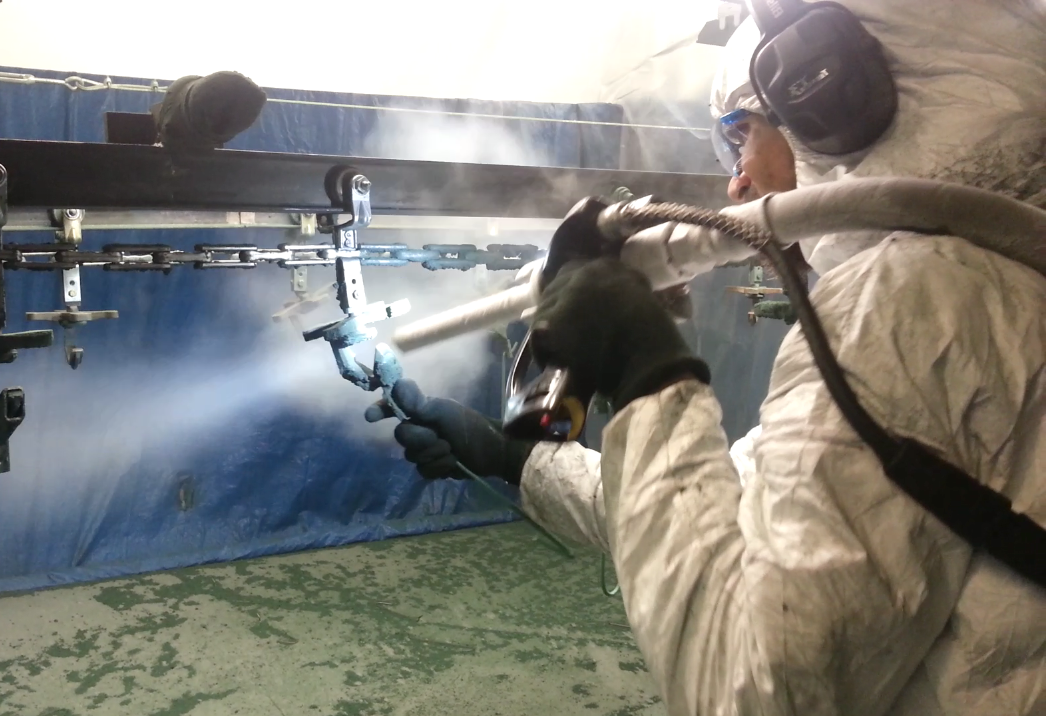

Cold Jetting vs Fiber Laser Cleaning
Also known as dry ice blasting, cold jetting has similar characteristics to abrasive blasting, but without the problems of abrasive material recovery and disposal. Fiber laser cleaning has little risk of operator hearing damage, has no special ventilation requirements, and is more easily controlled when dealing with small parts.


Chemical Cleaning vs Fiber Laser Cleaning
Perfect for cleaning surface contamination from a whole part, chemical cleaning is not easily applied to a selective area. Disposing of the chemicals is an increasingly difficult and costly challenge due to regulatory controls. Fiber lasers can be applied selectively. With no chemicals to degrade, quality is consistent, and there are no chemical solvent disposal issues. With no drying time, parts are available immediately.
Laser cleaners are the fastest way to remove rust and oxides from metals. Laser cleaning of carbon steel, stainless steel, galvanised and aluminium has game-changing cost savings and productivity advantages for the business, whether you are cleaning oils, mill scale, oxides, carbons, soot, smoke, surface impurities and rust. Rust can be thick or thin, the laser light energy burns the rust oxides from the surface using and focussed laser beam rapidly moving left and right across the surface with a pre-defined width, but if the rust is right through the metal - then the base metal may be finished and not reclaimable. Laser cleaners doesn't only clean metal, popular use cases include cleaning of paint, mould, fungus, and smoke from masonry materials such as rocks, bricks, and concrete.
Laser cleaning removes the unwanted particles from the surface in a single pass. The speed and how deep the cleaning goes is a 2 factor control by the operator - this is power settings used and the speed in which cleaning head is moved across the surface.
Laser cleaning can be dangerous if not used correctly, however QWS takes extra care in demonstrating the correct operation and usage for safe operation of the laser process to ensure 100% compliance to safety standards in Australia for all operators and those around. Significant R&D has gone into laser safety personal protective equipment (PPE) such as skin, eyes, and respiratory protection, plus the laser cleaners fume control to eliminate exposure risk to people or equipment in the nearby area. Weldmax laser cleaning machines are designed to insist on safety through elimination of the exposure, then engineering measures are used as well to ensure complete safety.



